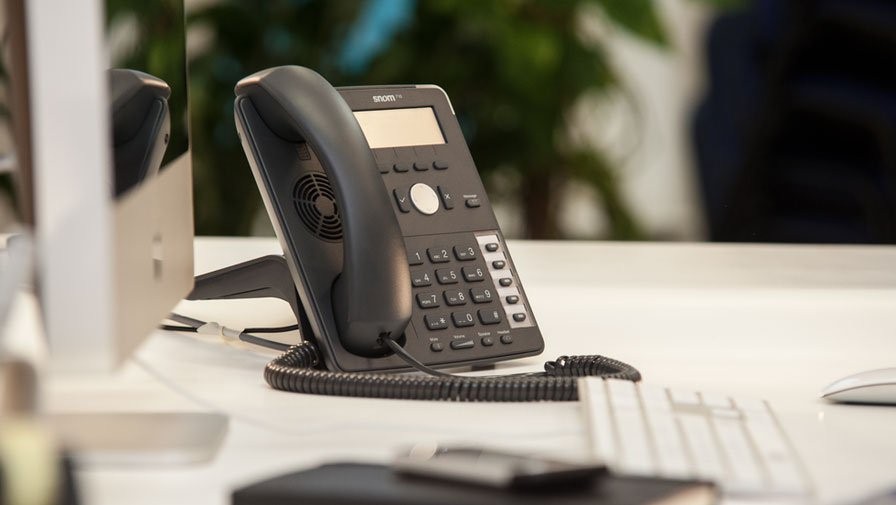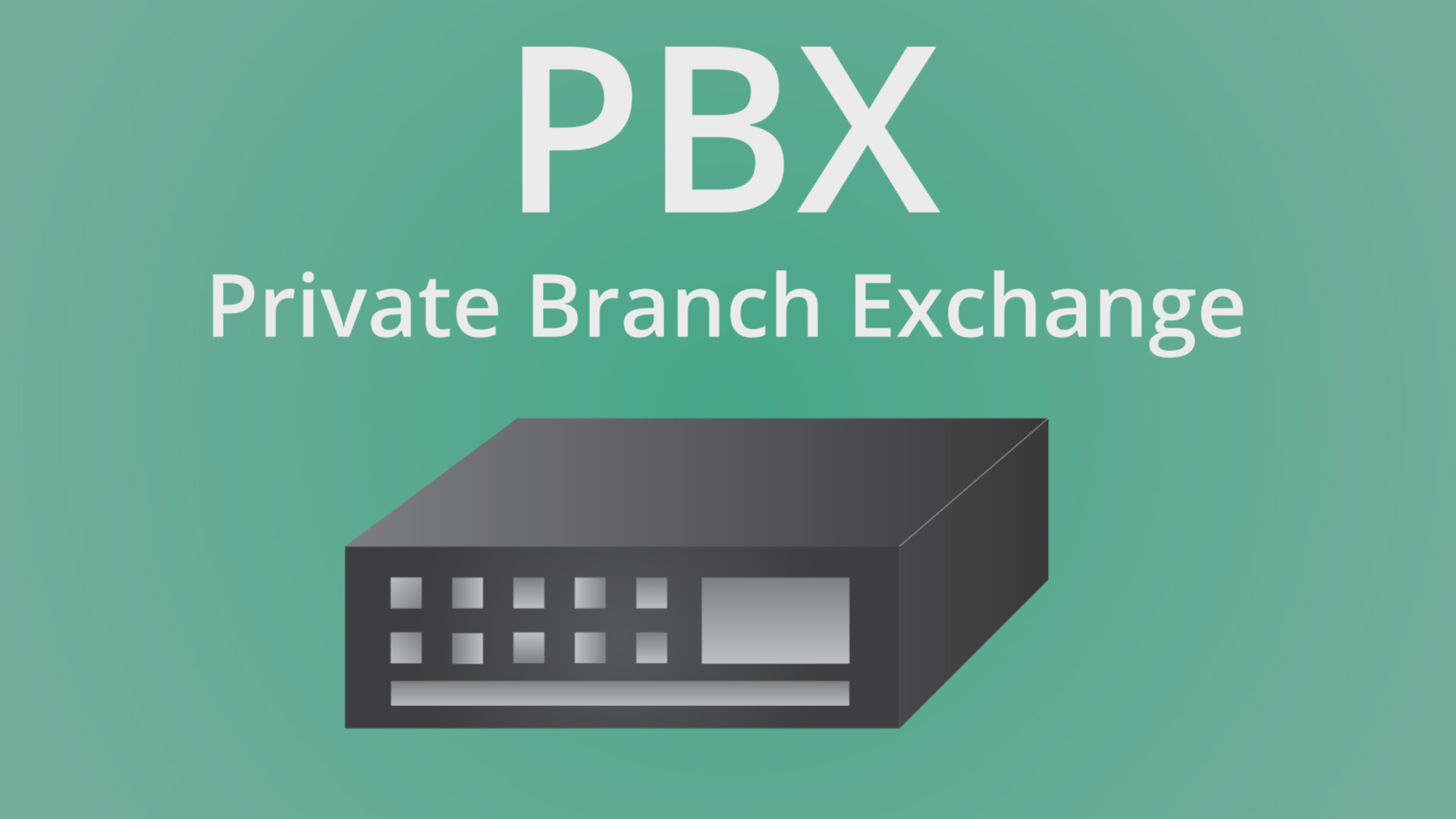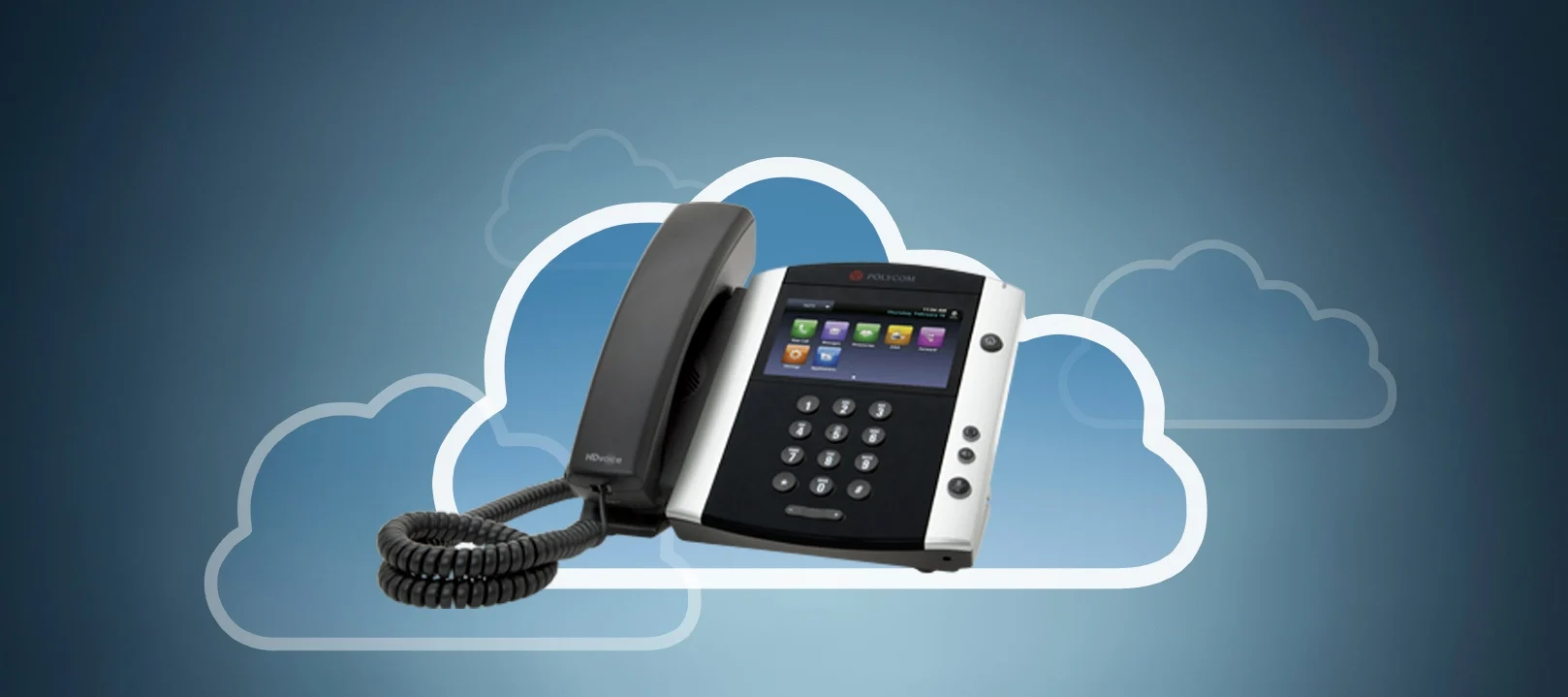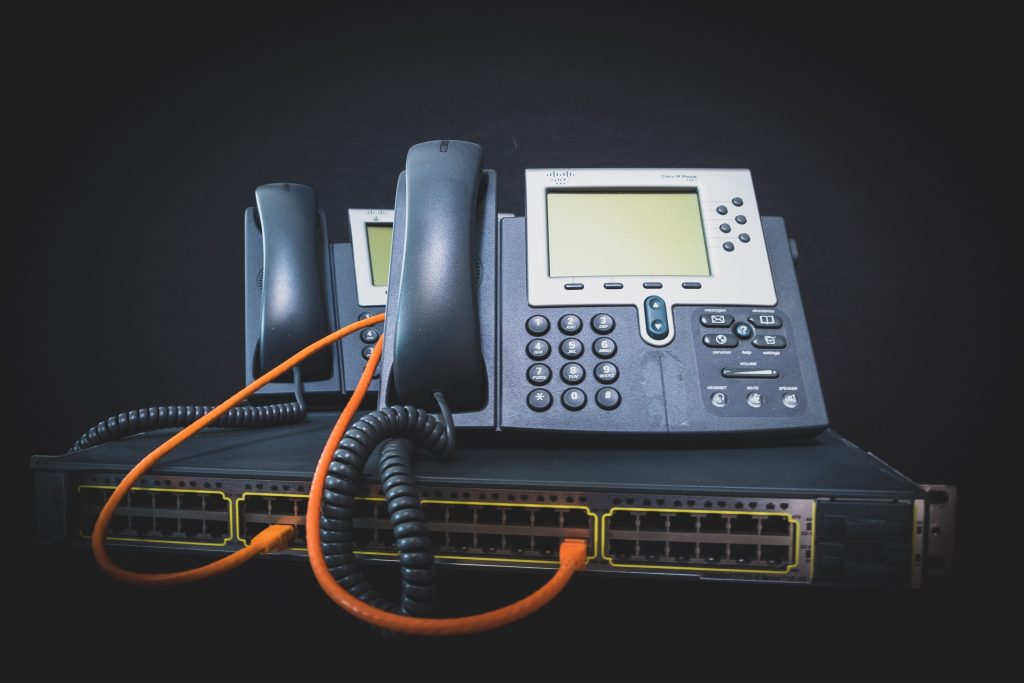Maximizing Business Efficiency With 5 Different PBX System Options
 Paras Kumar
Paras Kumar
A single phone line is fine when you first start, but as your business grows over the years, you'll need to add extra phones for your team, which may be spread out virtually across the nation or positioned in strategic locations.
More telephone numbers equate to more lines, raising complexity and cost. Fortunately, our scientific professionals created a piece of technology called a "PBX" or "private branch exchange" to handle this scenario. With the aid of this fancy phrase, you can connect all the phones within a business and various locations.
Modern systems utilize computers, and some of them are even internet-compatible. Modern technologies make PBX systems considerably more manageable and less expensive.
So, you're one of those eager to expand the number of phones in the workplace. In that case, you must learn more about the different PBX system, their advantages, and disadvantages, the typical number of calls they can handle, etc.
5 Types of PBX System

Traditional PBX
The physical hardware box is the foundation of the conventional PBX phone system, which is landline-based. The thick traditional phone wires are connected to a PBX box after entering your office. The desks in your office are then assigned these phone lines.
Traditional PBXs are relatively expensive to set up compared to more recent innovations. If you still need to get classic analogue lines inside and outside your office, you'll need to install them in addition to the roughly $1000 or more cost of PBX hardware.
Although traditional PBX phone systems typically function effectively, they usually have a shorter lifespan because hardware elements like extension cards and trunks become dated with time.
Digital PBX System
Both an IP phone system and an analogue PBX system install on a digital one. These systems improve by combining with VOIP phone systems or adding background music to keep clients entertained while waiting. The sound quality of a digital PBX phone system is superior to a traditional PBX phone system.
They include voicemail, call forwarding, and computerized answering machines. Businesses with outdated wiring, unprotected phone lines, and unpredictable internet connections frequently choose these solutions.
IP PBX Phone System
These IP PBX systems, popularly known as VOIP phone systems, are particularly adept at utilizing the current bandwidth and strong internet connection. With the advent of unified communication and VOIP phone systems, the IP platform is now the most used PBX system type. They offer cutting-edge features like call stability, higher call quality, voicemail to email, video calling, mobile integration, etc., with the aid of the internet.
It would help if you used SIP trunks to utilize your VoIP phone system fully. You will receive extra features, including enhanced call routing, call accounting, disaster recovery, etc.
Ethernet connections are utilised to link the telephones instead of conventional ones, which is the real benefit of using a VoIP phone system. It implies you can skip the hassle of rewiring if you want to reorganize your office.
Due to the high PBX hardware and installation cost, the IP PBX system is still a pricey alternative. Larger firms might choose this option because it doesn't require a monthly service cost like hosted PBX, which we'll cover next.
Related Article - What exactly is an IP PBX? An Introduction to IP Phone Systems
Cloud-based Virtual PBX System

These enterprise-level business phone systems, also known as Hosted PBX, handle both inbound routing and outbound calls. Businesses with numerous employees who frequently place calls should choose this option because it best meets their demands.
Now, a router is connected to the internet and will be the conduit for all communication. The virtual phone system in the cloud is the best option for geographically distributed businesses. Consider that your company is based in Australia, but clients contact from all over the world, including Canada, the UK, the United States, and other nations. Reaching your clientele with an Australian phone number will have little likelihood of success in such circumstances.
Additionally, virtual phone lines provide services like voicemail to email, conference calls, call forwarding, auto attendants, and call holding.
The fact that there is no gear to buy or set up means that using a virtual phone number offers the most significant advantage in terms of upfront cost. Users must instead pay a monthly subscription charge for each extension. Because of this, a cloud-based virtual phone system is a very affordable choice. A simple ethernet cable connection between your phones is required for setup, and you can modify your call routing preferences online.
Virtual PBX
The lighter version of the cloud-based virtual phone system is the virtual PBX phone system. This PBX system can send calls to VOIP extensions, landlines, mobile phones, etc.
Virtual phone systems are an excellent option for smaller firms and those that use remote workers, even if they lack some of the functionality offered by cloud-based virtual phone systems. A virtual PBX system is the least expensive of all phone systems to install and operate.
Conclusion

In conclusion, PBX (Private Branch Exchange) systems offer numerous benefits to businesses looking to maximize efficiency and streamline communication processes. With many options available, companies can choose the PBX system that best suits their unique needs and budget. Whether it's a traditional on-premises system, a cloud-based solution, or a hybrid approach, PBX systems provide businesses with features like call routing, voicemail, conferencing, and more, all of which help to improve collaboration and productivity. By leveraging the power of PBX systems, businesses can enhance their communication capabilities, reduce costs, and ultimately drive growth and success.
Subscribe to my newsletter
Read articles from Paras Kumar directly inside your inbox. Subscribe to the newsletter, and don't miss out.
Written by
